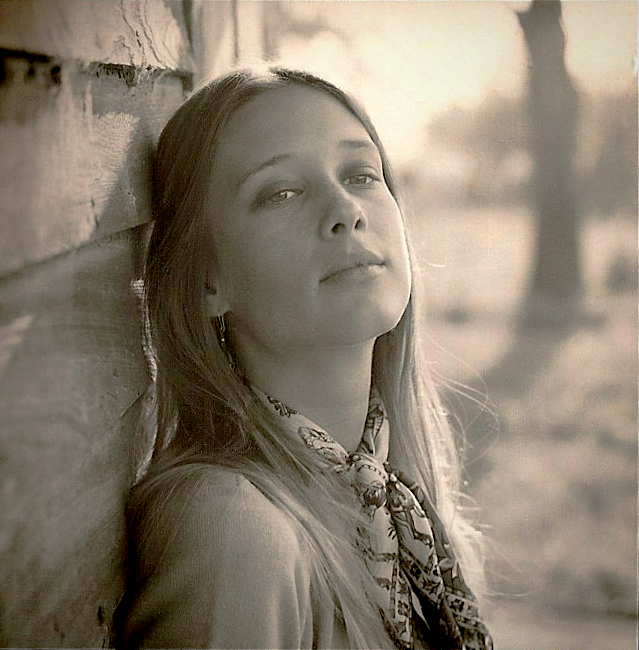brusby
Well-known
Hasselblad 500c 80mm tri-x









 Bali 2000 by Life in Shadows, on Flickr
Bali 2000 by Life in Shadows, on Flickr
Beautiful wife you have, Peter, really a great beauty.
Beautiful wife you have, Peter, really a great beauty.
How did you get those highlights in her eyes with only "natural" light?
Erik.
 Thoughts by Life in Shadows, on Flickr
Thoughts by Life in Shadows, on FlickrMaybe she was wearing contact lenses in the first shot.
There is only one draftsman who could have put this beauty on paper: Ingres. Do you know his pencil portrait drawings? Most probably Ingres made those using a camera lucida, so his art is very interesting for photographers too.
Erik.
Ingres aside...my take vis-a-vis the second pic...a wonderful portrait with, as the Shanghainese would say..."Tuu Mach" photoshopping. Cheers, P


Maybe she was wearing contact lenses in the first shot.
There is only one draftsman who could have put this beauty on paper: Ingres. Do you know his pencil portrait drawings? Most probably Ingres made those using a camera lucida, so his art is very interesting for photographers too.
Erik.
BTW I am not familiar with Ingres. Any links?

Just Google: ingres portrait drawings
He made about 400 of them, from 1804 until 1860, with a pencil (graphite) that was invented by Conté in 1780.
Recent research suggest that he used a camera lucida.
The camera lucida was patented in 1806 by William Wollaston. Ingres got the Prix de Rome in 1806, surely he found this instrument in the Villa Medici, the headquarters of the French Academy in Rome.
I think he had already one in Paris before he left for Rome. He also used the camera lucida for drawing landscapes.
His wife.
Erik.



